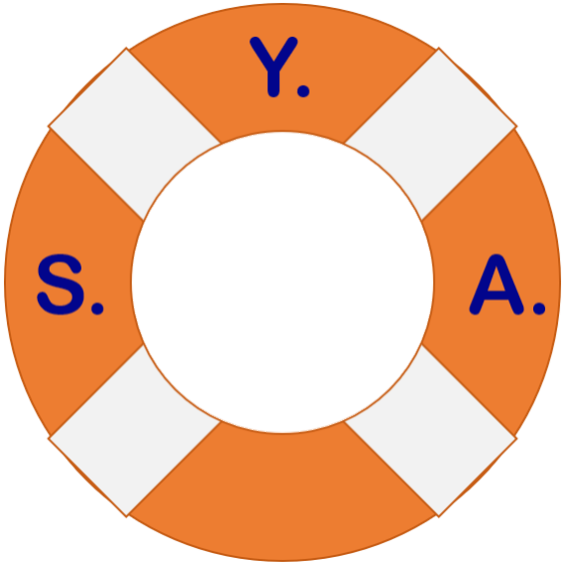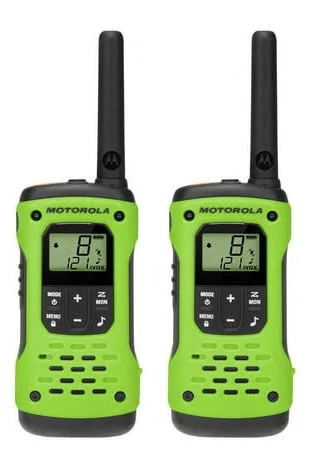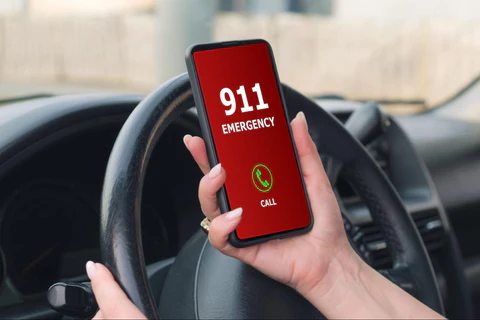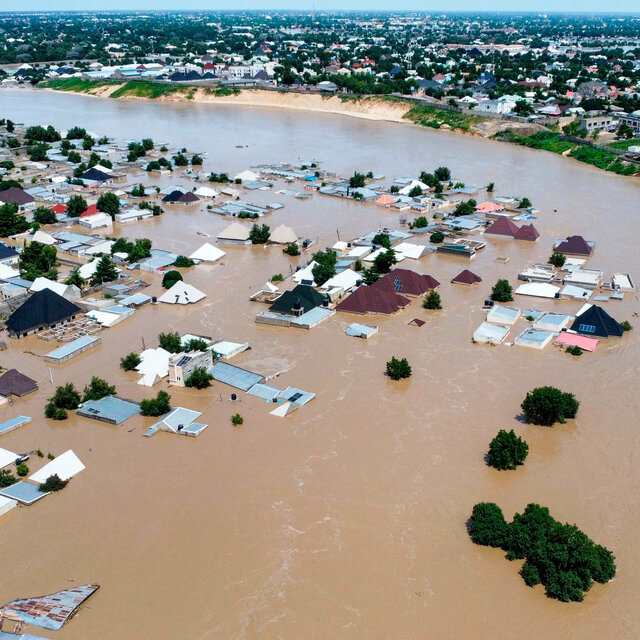With Thanksgiving just around the corner and leftovers a plenty, I want to talk about a kitchen appliance that is not as common in kitchens as your toaster, blender, can opener or maybe even an air fryer; and that is the vacuum sealer. Vacuum Sealers are more popular than ever before but they still aren’t as common as I think they should be. These devices can literally save you hundreds or thousands by reducing food spoilage and waste.
What is vacuum sealing?
So you may be wondering, what does a vacuum sealer really do? A vacuum sealer pulls air out of a package to create an air tight seal and dramatically cut down on the oxygenation that happens that causes food to go bad through bacteria, yeasts, and molds that grow on all foods. These bacteria ruin not just the look and taste of food, but can also cause serious illness. When you vacuum seal food, you deprive bacteria of the oxygen it needs keeping food fresher much longer.
Additional Benefits
- Protects food from freezer burn and dehydration.
- Food will taste just as good as when it was originally sealed.
- Preserve food 3-5 times longer than food stored in plastic bags or containers.
There are a number of brands in this space, but I’m partial to the FoodSaver brand. They are one of the originals and have been doing this for over 20 years. I had seen their informercials on TV for several years before finally taking the plunge and getting one for myself. The brand name literally says what it does and does what it says. I purchased my first FoodSaver about 20 years ago and just replaced it with a new model this year.
Where it all began…
My first one, a Compact II, came with a jar sealer that I have never used (yet, but it supposedly will work with my new on if I ever need it).
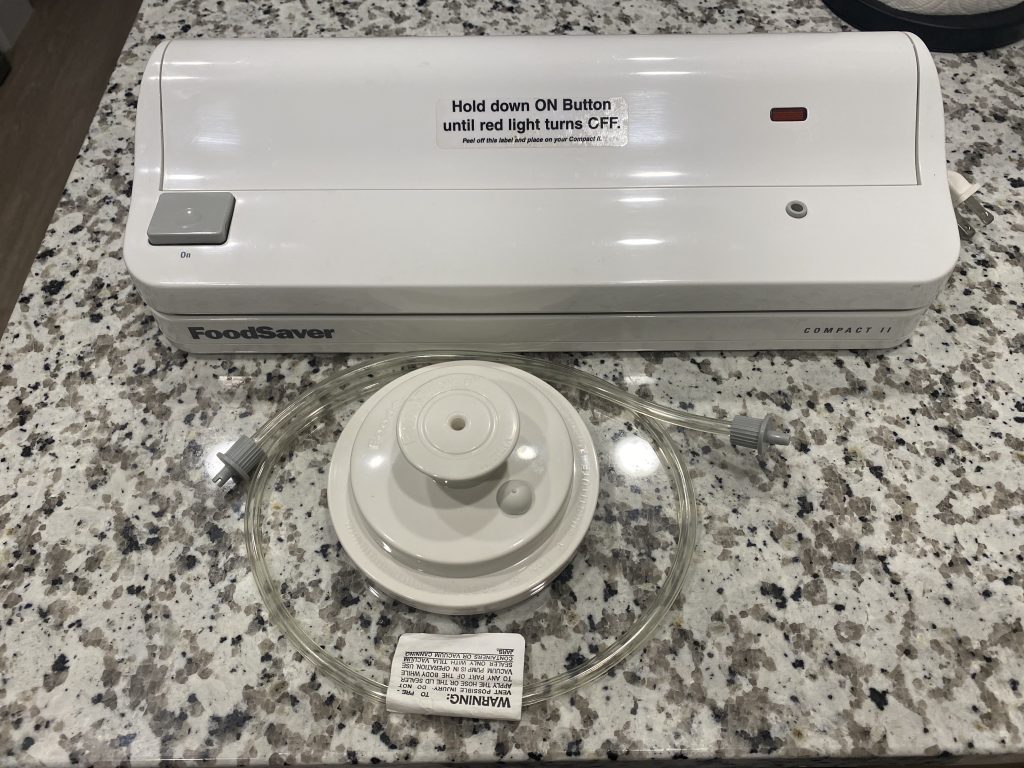
This little device has served me well for the past 20 years. As a one-person household for most of that time I used it to save money by shopping for bulk meat at Costco and dividing it up into smaller portions that I froze and used over time without worrying about it going bad or getting freezer burned.
On the left is 1 lb. of ground beef. It was part of a 6 lb. package I got in bulk. The right contains 2 boneless pork-chops from a package of 10.
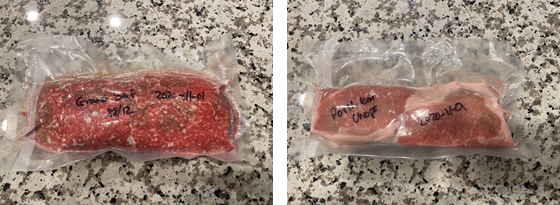
Vacuum sealed meat can last 2-3 years in a freezer compared to only several months if frozen in the store package or a zipper bag. As you can see in the picture below, the pork chops that I put in a Ziploc freezer bag only 4 months ago are covered in ice crystals because there is too much air in the bag. It’s drying out the meat and causing freezer burn. (Why did I use the Ziploc? I didn’t have my new sealer yet and my old one wasn’t working properly anymore.)
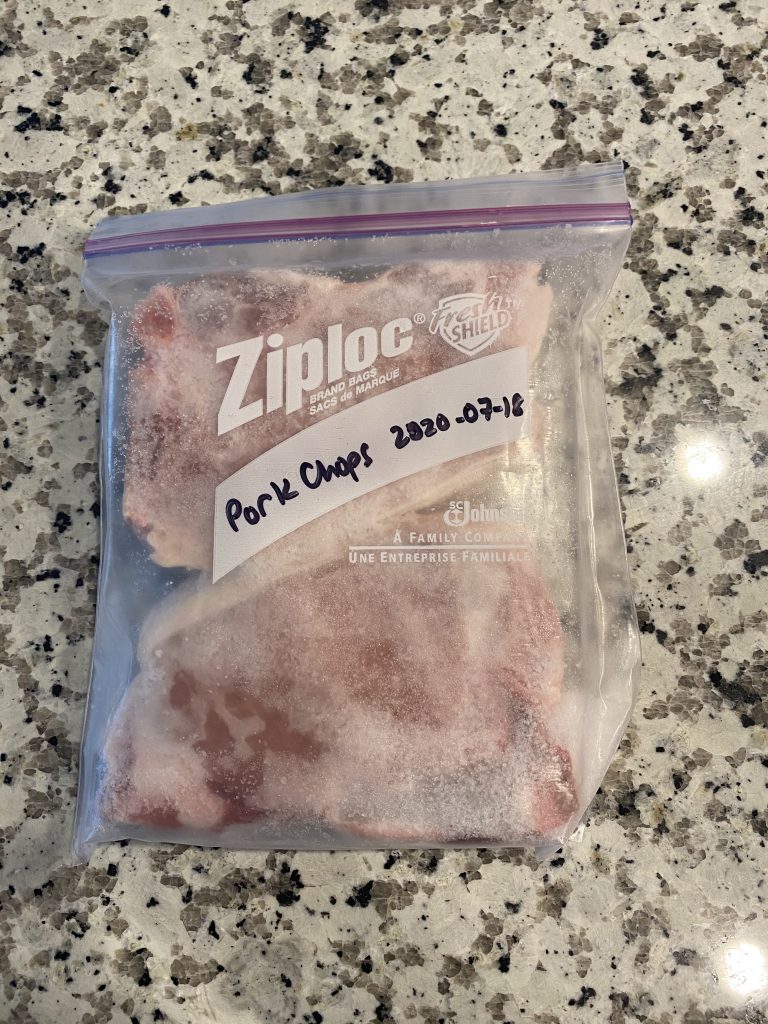
This is why you now see more and more meats like ground turkey, ground beef, sausage, hotdogs, pork tenderloins, smoked sausages, etc. are using vacuum sealed packaging. They last longer in the logistics pipeline: from packaging to storage to transport to store to your home.
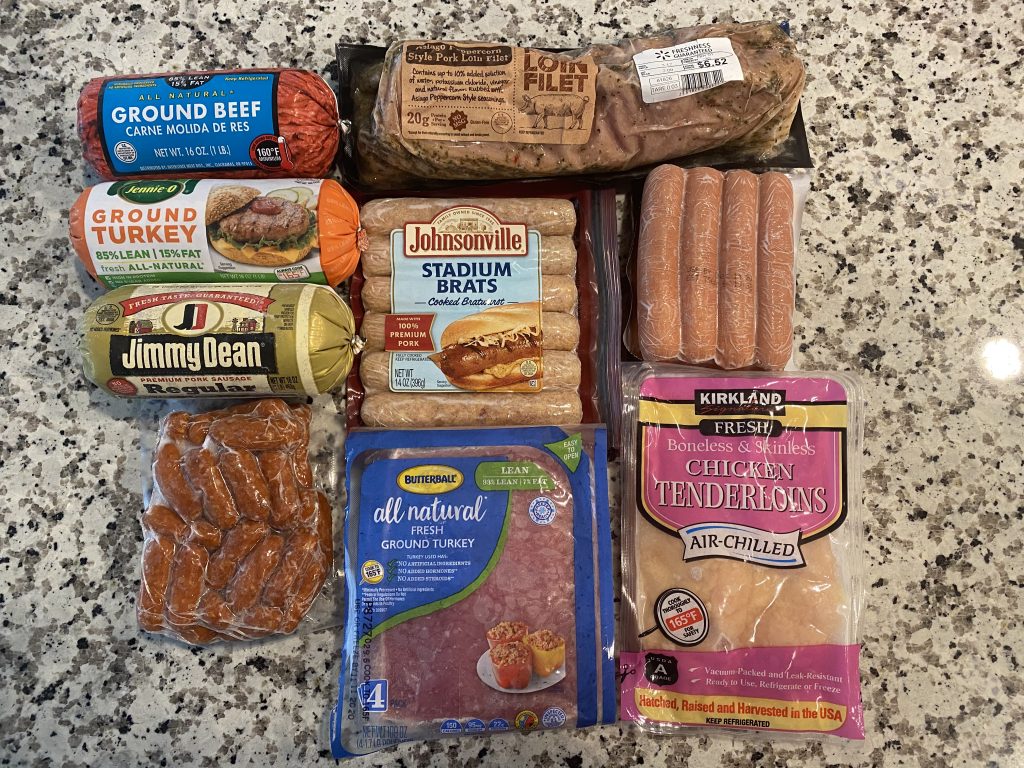
There is little to no air between the packaging and the meat so if frozen, it can last a lot longer than its counterpart on a foam tray covered in plastic wrap. I will say that this has cut back how much vacuum sealing I need to do myself which saves me time and money on supplies and I’m ok with that.
Out with the old and in with the new…
My new FoodSaver is a huge upgrade over my previous one in every way. It can now hold a roll of bag material inside, makes it much easier to seal the end of a new bag, and also includes a built-in cutter. It has options for dry (default) and moist items as well as a pulse mode for manual control. I use the pulse mode on softer items to seal them without crushing them (think bread, potato chips, pretzels, crackers, etc.). There is also a Sous Vide option if you are into that method of cooking. I have not tried it (yet). You can choose between vacuum seal (default) or marinate for meat or vegetables.
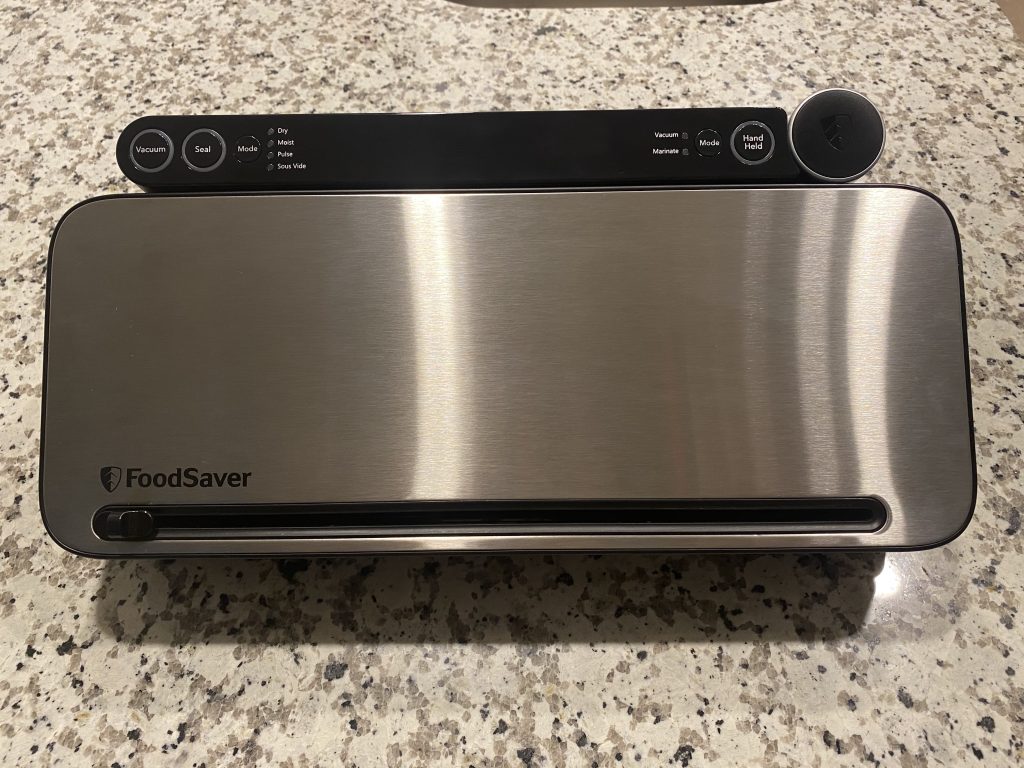
Not only does it have more options, using the Hand-held device that is on a retractable cord I can now vacuum seal fresh foods in special zipper bags from FoodSaver. Yes the cost for these special zipper bags is more than your standard zipper bags, but it keeps food fresh longer and reduces waste which pays for themselves over time.
FoodSaver Zipper Bags
Below you can see a half a package of bacon that if not used right away after opening typically goes bad in couple of days. Due to the time and mess involved in cooking fresh bacon, I only cook it on weekends when I have no plans to be somewhere. Previously a half pack leftover would either spoil or be heading that direction within a few days. Now I enjoy one pack of bacon for two weekends (with maybe a week or two in between uses) and as you can see is just as fresh as when I opened the package 8 days ago (and tasted just as good when I cooked it this weekend).
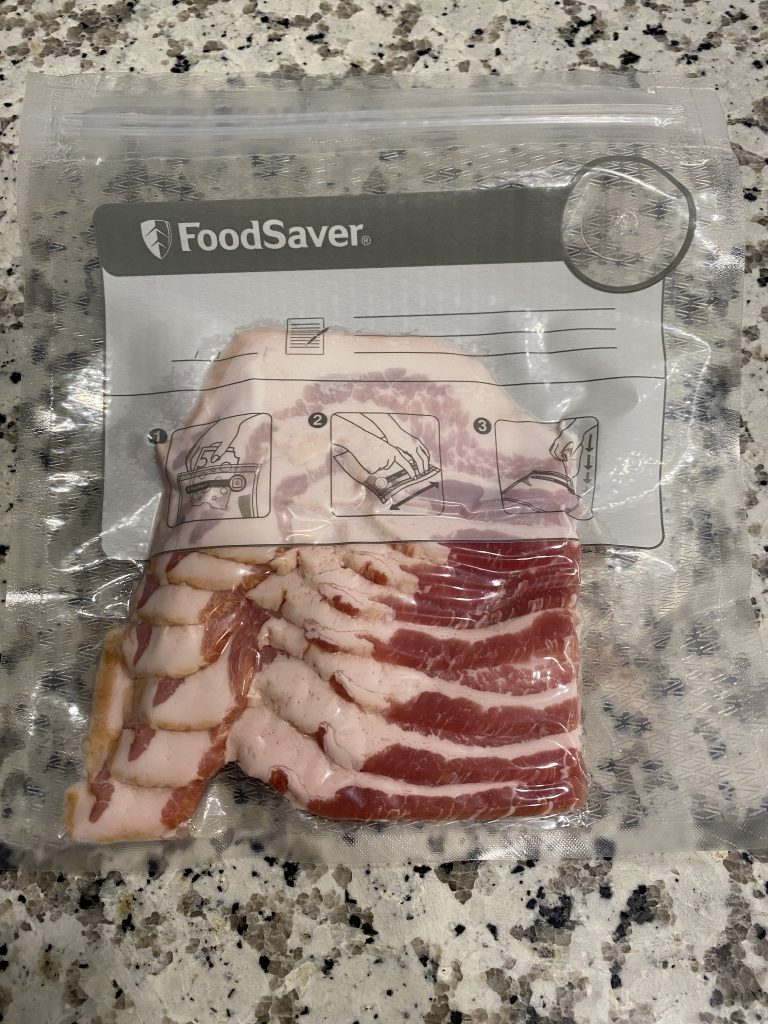
The same for blocks of cheese. I can’t tell you how many times I’ve gone to the fridge to pull out the half used block of cheese to find what’s left turning into a science experiment. True, I could cut or shave off the parts that have gone fuzzy, but it’s not really appetizing at that point and even if I do that, it will continue to go bad. Now I can enjoy a block of cheese for weeks without it getting fuzzy because I can reseal the bag after each use and remove the air again.
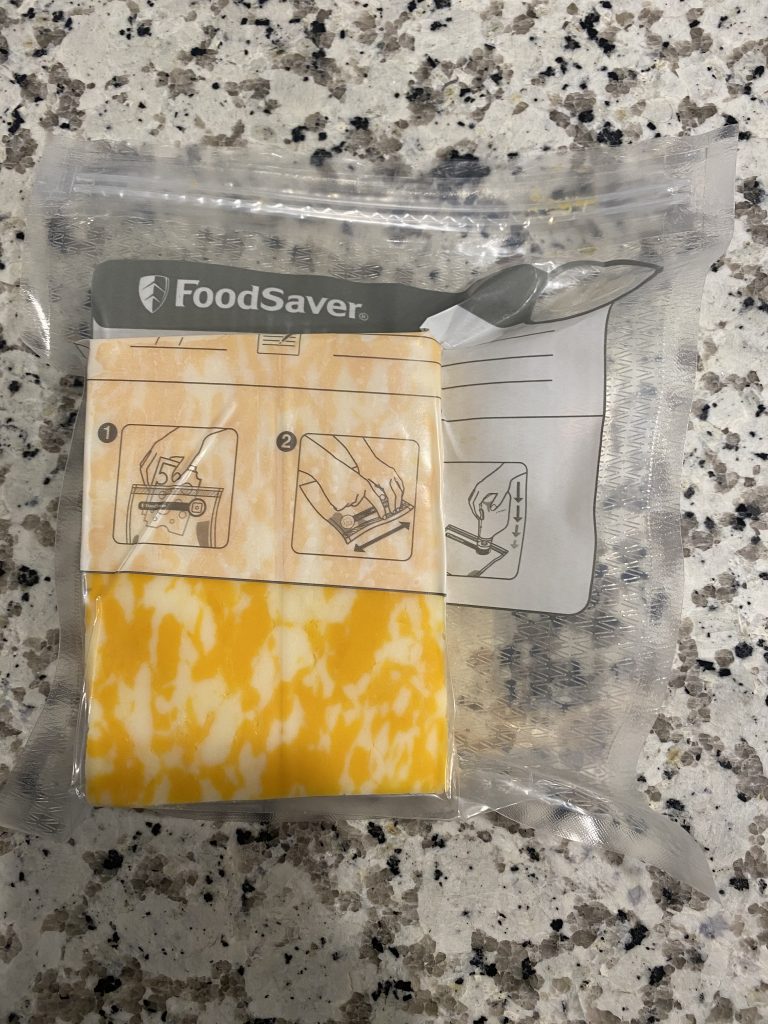
This new option to vacuum seal fresh foods is a big deal to me. If you aren’t sold on the idea or cost of a full blown sealer like I have (there are 13 other models besides mine) FoodSaver has a cordless hand-held sealer for only $35 (and it’s on sale on Amazon for only $25 for a limited time). This would only work with the FoodSaver zipper bags and storage containers but it could be a good entry point for some people.
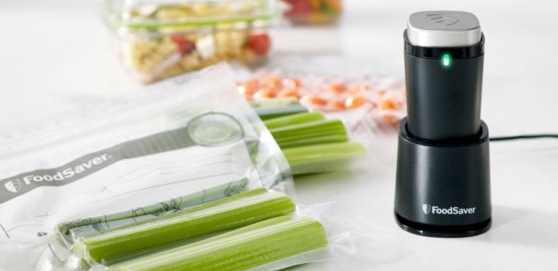
I decided to pick one up so I don’t have haul the big one out every time I want to re-seal a bag or keep it on my counter taking up precious space.
Is there really a big difference in how long food lasts?
According to FoodSaver here are the time frames for foods in their ordinary storage container over being vacuum sealed and I can attest to several of these based on my own experience over the past 20 years.
| Freezer | Ordinary Storage | FoodSaver |
| Beef & Poultry | 6 months | 2-3 years |
| Fish | 6 months | 2-3 years |
| Soups & Stews | 3-6 months | 1-2 years |
| Coffee Beans | 6-9 months | 2-3 years |
| Veggies | 8 months | 2-3 years |
| Bread | 6-12 months | 1-3 years |
| Refrigerator | ||
| Cheese | 1-2 weeks | 4-8 months |
| Lettuce | 3-6 days | 2 weeks |
| Berries | 1-6 days | 1-2 weeks |
| Pantry | ||
| Flour & Sugar | 6 months | 1-2 years |
| Rice & Pasta | 6 months | 1-2 years |
| Cookies | 1-2 weeks | 3-6 weeks |
Not just for food
While the primary use of this device is for preserving food, you can vacuum seal just about anything if it can fit in a bag. If you are into backpacking or whitewater rafting, you could seal clothing so that you have clean, dry outfits to put on at the end of wet day. The bags are pretty durable and because the air is removed, very compact which makes putting them in a backpack or dry bag much easier. If you drop it on the ground, whatever is sealed inside is protected from the dirt, mud, water, etc.
You can seal ice-cubes in a bag to create an emergency drinking water pouch once the cubes melt. How about making your very own ice packs for coolers that don’t get everything wet as they melt.
Consumables
So that brings me to my next topic; the bags. You will inevitably need to get more once the supply that comes with the device is used up. There are a multitude of options available:
- Pre-cut quart and gallon sized bags (left below)
- Quart and gallon sized zipper bags for easy resealing after use (middle below)
- Easy peel-open bags that don’t need to be cut to open (left one of the rolls below)
- Traditional rolls of bag material in 8″ and 11″ widths that allow you to custom size each bag you need based on what you are sealing. (11″ roll on right below)
- For hunters that want to bag game meat, there are 15″ wide rolls but you would need to have one of the game sealing models to use them. The standard machines only work with the 8″ and 11″ wide bags/rolls.
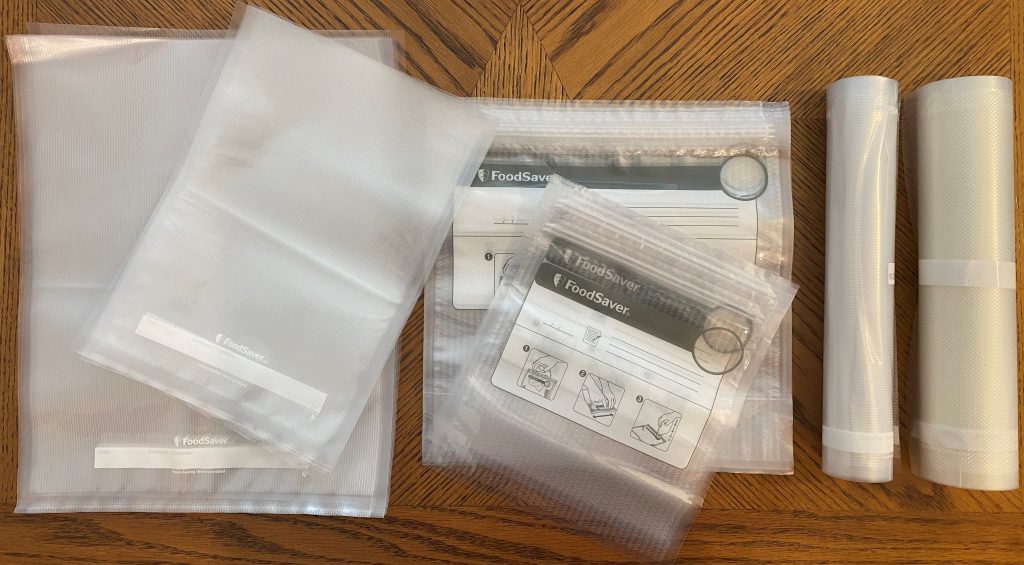
Accessories
Beside bags, there are jar sealers available for mason jars and bottles in addition to specialized containers to work with the hand-held sealer.

Food Preservation Tips
The FoodSaver website has a whole section on ways to use your device to get the maximum benefit including recipes, tips and how-to’s. I recommend taking a look at it under About Food Preservation.
Where to buy
If you are sold on getting one, you can buy directly from the FoodSaver site, however, you can typically find better deals on Amazon or in stores. I purchased both of mine from Costco at a significant discount over the retail price on the site. The only downside to Costco is you need a membership to shop there and they typically only sell one model in-store when they have them (on their website you might find two). If you want a different model than they offer you’re back to the FoodSaver site, Amazon or another retailer. The cordless hand-held sealer I got on Amazon.
I also buy boxes of pre-cut bags and bag rolls from Costco at a cheaper price as well, but I haven’t seen the zipper bags there and have bought those on Amazon.
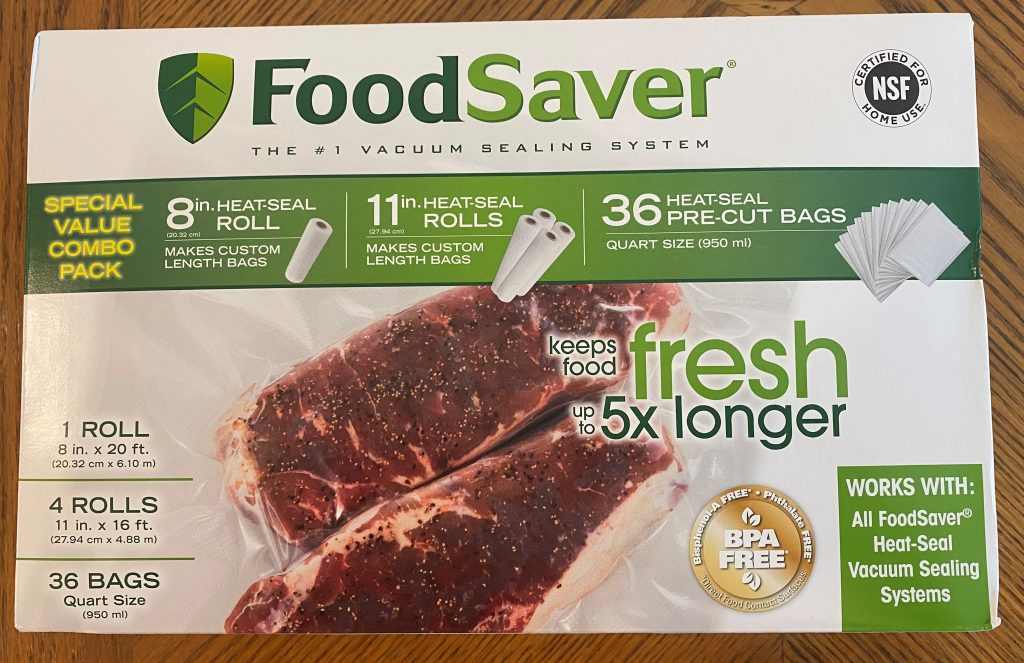
As mentioned earlier, there are other brands that also make vacuum sealers if you care to research their products, but for me, FoodSaver is the one I prefer.
Comments
Does anyone have a FoodSaver or another brand of vacuum sealer? Please share your experience below.
Last Updated on August 16, 2022
